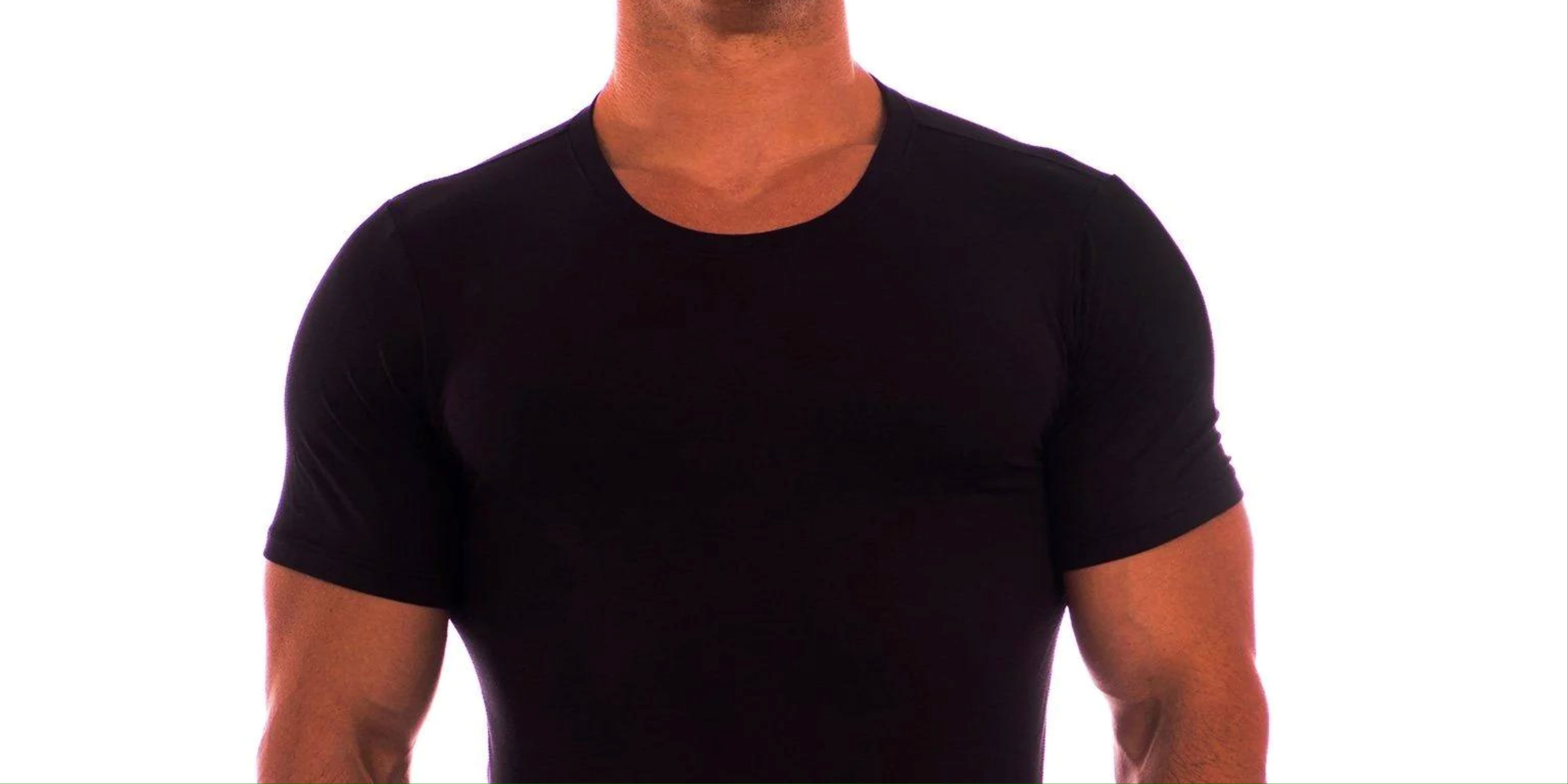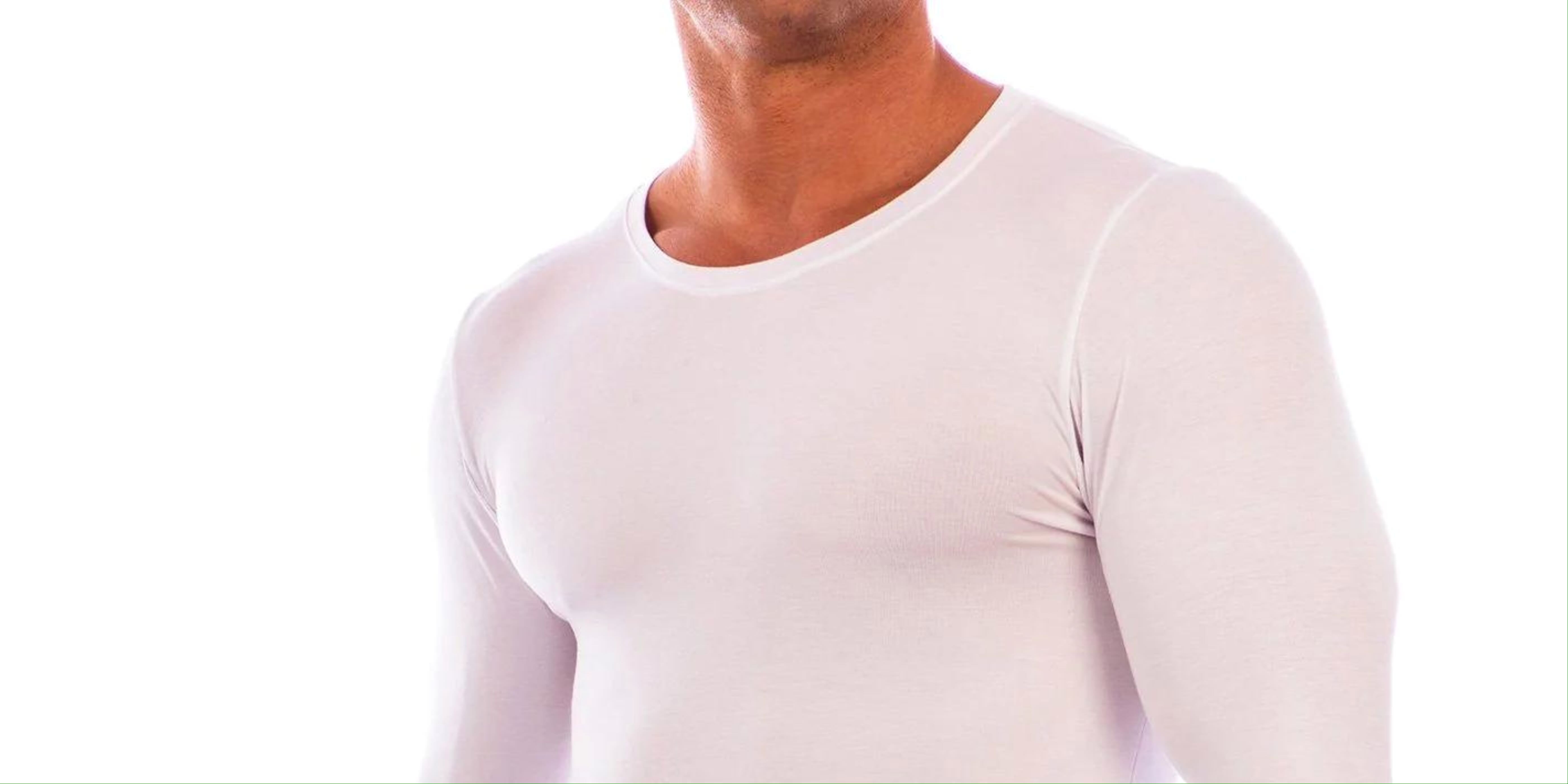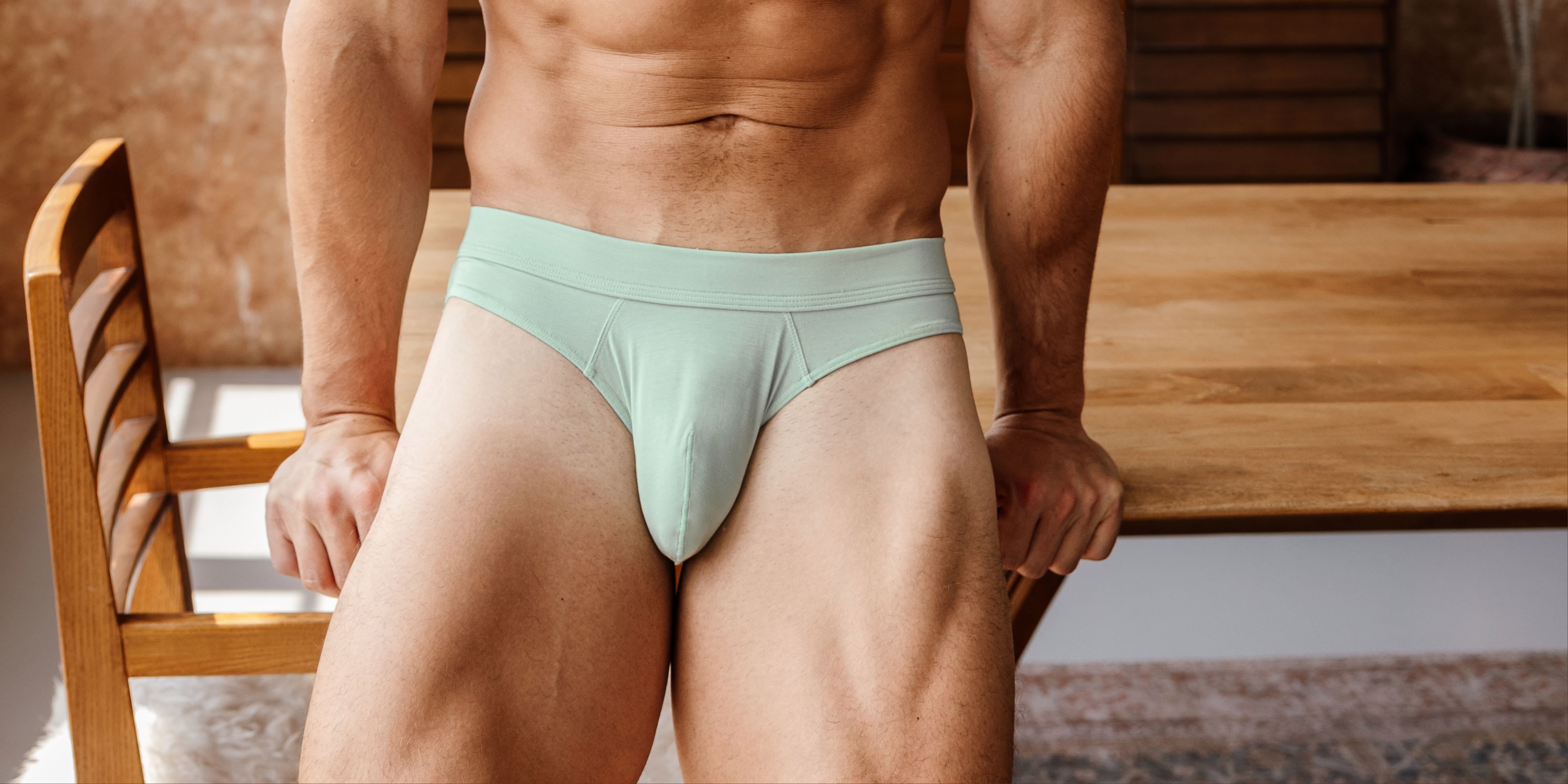
What Is a Crew Neck: Crew Neck Origins
For the fashion-conscious man, understanding the origins of wardrobe essentials is key to appreciating their timeless appeal. The crew neck, a staple in men's fashion, boasts a fascinating history that spans decades. This article takes a deep dive into what a crew neck is, tracing its journey from functional beginnings to its iconic status in modern style. Discover how this simple yet versatile garment has shaped and been shaped by cultural trends, making it a must-have in any stylish man's collection.
What Is a Crew Neck?
A crew neck is a type of shirt or sweater characterized by its round, collarless neckline that sits snugly at the base of the neck. This design offers a clean, simple look that makes it a versatile staple in men's fashion. Known for its comfort and practicality, the crew neck clothing t-shirt is often crafted from soft, breathable materials, making it comfortable and ideal for both casual and semi-formal settings. Its minimalist aesthetic allows it to be easily paired with various outfits, from jeans and sneakers to blazers and chinos, cementing its status as a timeless piece in any wardrobe.
Crew Neck Origins and History
The origins of the crew neck can be traced back to the early 20th century, specifically within the realm of sports and military attire. Initially, the crew neck t-shirt was introduced as an undergarment for sailors in the U.S. Navy, designed to provide comfort and ease of movement while performing strenuous tasks. Its name is derived from the term "crew," referring to the rowing teams that also adopted this style for its practicality and non-restrictive fit.
As the crew neck t-shirt transitioned from military and sportswear to mainstream fashion, it gained popularity in the 1950s and 1960s, largely due to its association with iconic figures such as James Dean and Marlon Brando, who epitomized the rebellious yet effortlessly cool aesthetic. This period marked the crew neck's evolution from a functional garment to a symbol of youthful defiance and casual sophistication.
Throughout the decades, the crew neck continued to evolve, becoming a staple in various subcultures and fashion movements. In the 1980s and 1990s, it was embraced by the hip-hop community and streetwear enthusiasts, further cementing its place in popular culture.
Today, the crew neck remains a beloved piece in men's fashion, celebrated for its versatility, comfort, and timeless appeal. Its journey from a utilitarian garment to a fashion icon underscores its enduring relevance and adaptability in the ever-changing landscape of style.
Why Is It Called a Crewneck?
The term "crew neck" originates from its early adoption by rowing teams, commonly referred to as "crews," who favored this style for its practicality and comfort during physical activity. The design features a round, collarless neckline that sits close to the neck, creating a sleek silhouette that prevents the fabric from getting in the way during strenuous movements. This functional aspect made it an ideal choice not only for athletes but also for sailors in the U.S. Navy, who required similar ease of movement and comfort. Over time, the name "crew neck" became synonymous with this specific neckline style, transcending its athletic and military roots to become a staple in everyday fashion.
What's The Difference Between a Crew Neck and a Round Neck?
- Neckline Fit:
- Crew Neck: Features a round, collarless neckline that fits snugly at the base of the neck, providing a close and secure fit.
- Round Neck: Also has a round neckline but typically sits slightly lower and looser on the neck compared to a crew neck, offering a more relaxed fit.
- Design Purpose:
- Crew Neck: Originally designed for functionality and comfort in athletic and military settings, emphasizing a secure fit to prevent fabric from interfering with movement.
- Round Neck: Often designed with a focus on casual comfort, providing a less restrictive fit that can be more breathable and relaxed.
- Styling Versatility:
- Crew Neck: Known for its versatility, it can be dressed up or down, making it suitable for both casual and semi-formal occasions.
- Round Neck: Generally considered more casual, it is often found in everyday wear and is less commonly used in semi-formal settings.
- Cultural Associations:
- Crew Neck: Associated with iconic figures and various fashion movements, it has a rich history and cultural significance that adds to its timeless appeal.
- Round Neck: While also popular, it lacks the same level of historical and cultural associations as the crew neck, making it a more straightforward, everyday choice.

Does a Crew Neck Have a Collar?
A crew neck does not have a collar; instead, it features a round, collarless crew neckline that sits snugly at the base of the neck. This design choice enhances comfort and provides a clean, minimalist look that distinguishes it from other types of necklines, such as the V-neck or polo shirt, which do include collars. The absence of a collar allows for greater ease of movement and versatility, making the crew neck a popular choice for both casual and semi-formal attire. Its simple yet effective design has contributed to its enduring popularity in men's fashion.
Is a Crew Neck More Appropriate Than a V Neck?
Whether a crew neck is more appropriate than a V neck largely depends on the context and personal style preferences. A crew neck, with its round, collarless design, offers a classic and versatile look that can easily transition from casual to semi-formal settings, making it a safe and reliable choice for a wide range of occasions. On the other hand, a V neck, characterized by its V-shaped neckline, provides a slightly more modern and edgy appearance, often considered more flattering for those looking to elongate their neck or showcase a bit of layering with undershirts. Ultimately, the appropriateness of either style hinges on the specific event, dress code, and individual taste, with both options offering unique advantages in different scenarios.
Are Crew Necks The Most Popular Type Of T-shirt?
Crew necks are indeed among the most popular types of T-shirts, favored for their timeless design and versatile neck style. Their round, collarless neckline offers a classic look that suits a wide range of styles and occasions, from casual outings to more polished, layered ensembles. The simplicity and comfort of crew necks make them a staple in many wardrobes, appealing to diverse demographics, including fashion enthusiasts, professionals, and fitness aficionados. While other styles like V-necks and polo shirts also enjoy popularity, the crew neck's enduring appeal and adaptability have solidified its status as a go-to choice in men's fashion.
Conclusion
In conclusion, the crew neck stands as a quintessential element in men's fashion, celebrated for its rich history, cultural significance, and unparalleled versatility. From its origins in military and athletic wear to its iconic status in modern style, the crew neck has proven its enduring appeal across generations. Its simple, collarless design offers both comfort and a timeless aesthetic, making it a reliable choice for various occasions and settings. As a staple in any well-rounded wardrobe, the crew neck continues to embody the perfect blend of practicality and style, ensuring its place in the fashion landscape for years to come.
Final Thoughts
At Obviously Apparel, your comfort is our top priority. Our underwear line features an innovative anatomical pouch design that delivers outstanding support, keeping you comfortable all day long. If you're ready to stop settling for less, your search for the ultimate underwear brand ends here. Experience the comfort you deserve with Obviously Apparel.
Sources




